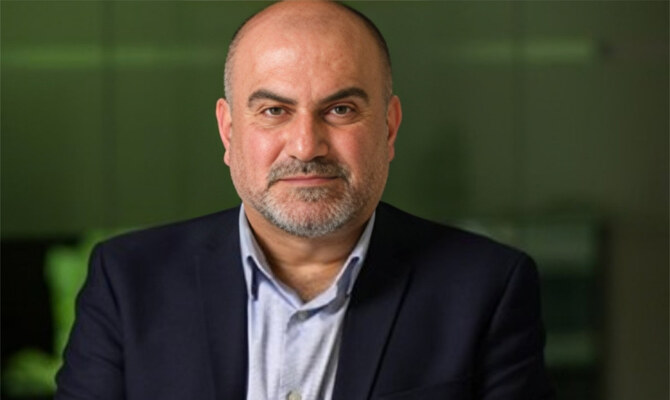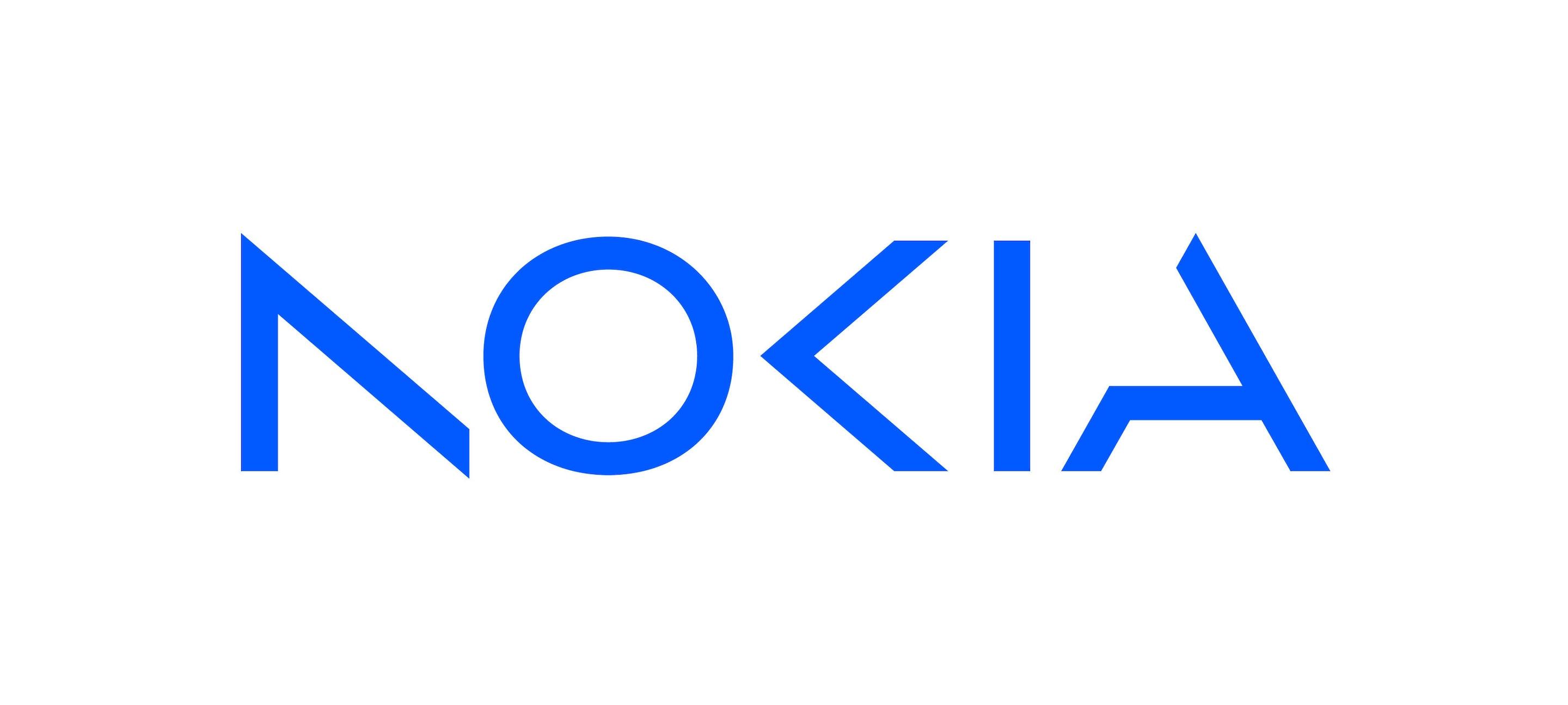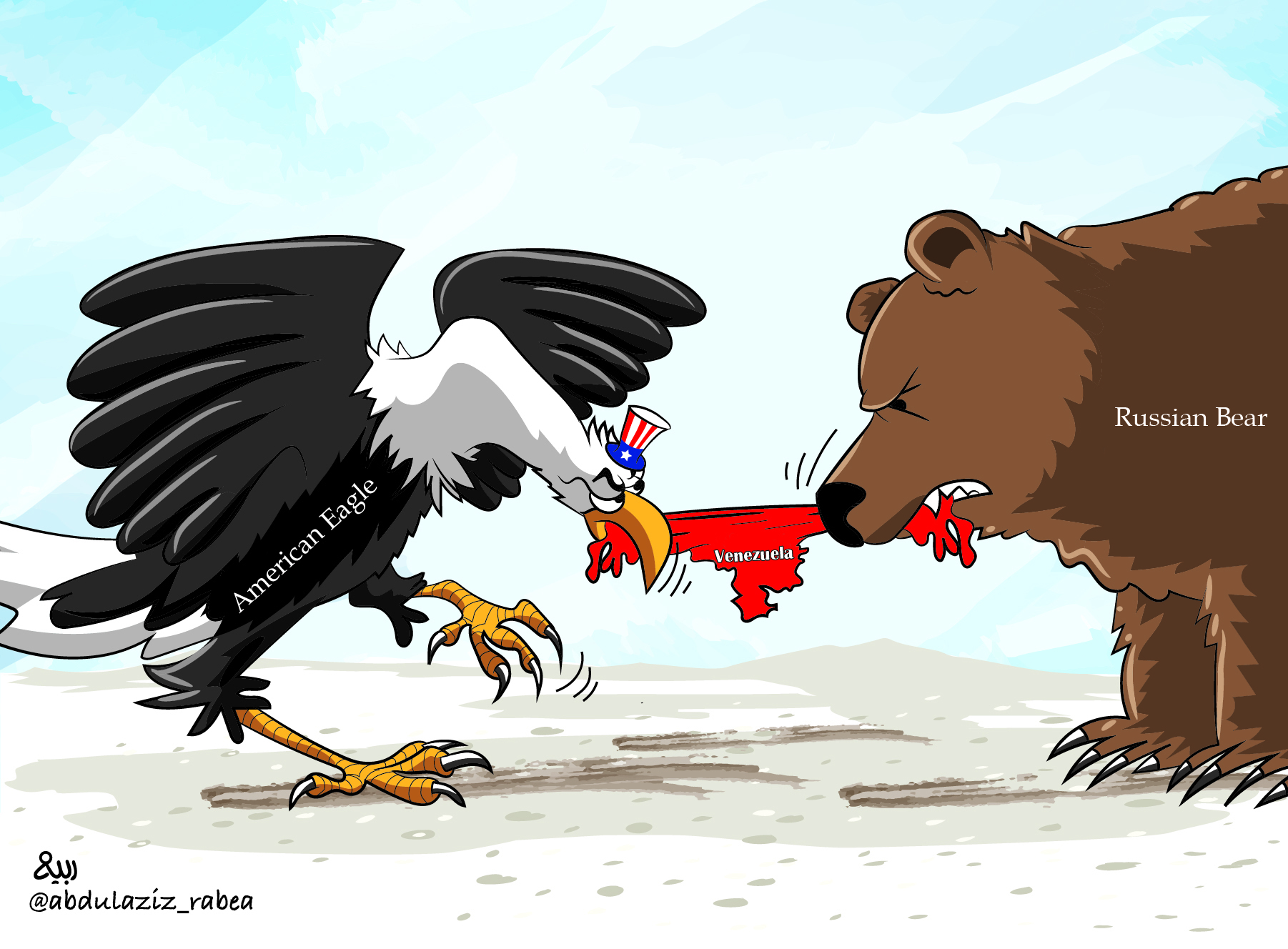 Kamal Ballout, Head of Middle East and Africa Enterprise and Partners, Network Infrastructure, Nokia
Kamal Ballout, Head of Middle East and Africa Enterprise and Partners, Network Infrastructure, Nokia
Why mission-critical networks are central to the Gulf’s infrastructure transformation
The next phase of the GCC’s growth will depend on networks built for resilience, security, and the unique demands of critical infrastructure operators.
Across the Gulf, infrastructure upgrades are accelerating.In Saudi Arabia, Vision 2030 has fuelled a wave of investment, with public sector ICT contracts reaching SAR 38 billion (USD 10.13 billion) in 2024, almost one fifth more than the year before.
This is not just about expanding coverage. Rail, energy, and government services depend on networks that hold up under pressure, systems that deliver live information, stay secure, and keep running no matter what. Public networks, while vital to the wider economy, are not always built for the operational demands of these sectors. Many organizations are turning to mission-critical networks (MCNs), often privately owned and operated, to fill that gap. These networks combine backbone and edge technologies, such as Internet Protocol / Multiprotocol Label Switching (IP/MPLS), optical and private LTE or 5G, to deliver resilience and security across every layer of operations.
Energy: keeping the grid steady while it evolves
For energy providers, the urgency is real. Power providers must keep electricity flowing while integrating renewable energy, supporting electric vehicles, and meeting the surging power demands of AI data centers.
This requires a communications architecture that can guarantee uptime, safeguard operations, and adapt as the grid becomes more complex. That means real-time control of substations, secure links between control rooms, and reliable connectivity for field teams, built on a foundation that doesn’t rely on a single technology.
Examples from around the world show the approach works. In the United States, Xcel Energy paired private LTE over 900 MHz with its existing IP/MPLS backbone to modernize grid operations, improve outage response, and integrate more renewable energy. In Europe, TenneT is using high-capacity optical links to connect offshore wind farms to the mainland, enabling large-scale renewable integration. In Asia, Korea Hydro & Nuclear Power has deployed quantum-secure networking over IP/MPLS to harden critical energy infrastructure against both current and future cyber threats.
Closer to home, Saudi Aramco recently achieved the first 2.4 Tbps “PSE-6s full-card capacity” field implementation on Aramco’s live optical network, boosting backbone capacity and efficiency for critical energy operations. It’s a clear example of how mission-critical networks are already transforming the Gulf’s energy sector.
Rail: building capacity and safety from day one
Rail is central to the Gulf’s future connectivity. While much of the GCC network is still under construction, the priority now is to build it right. That means designing systems that will move trains safely, efficiently, and in sync across national borders once the lines open.
Mission-critical networks make this possible by supporting European Train Control System (ETCS), Automated Train Operations (ATO), and dispatch systems that are essential for high-capacity, safe, and reliable service.
Other regions offer clear models. In Australia, the Western Sydney Metro is building a mission-critical communications network to support fully automated, high-frequency operations. The Public Transport Authority of Western Australia is modernizing rail communications with a combination of private wireless and IP/MPLS, improving operational control and capacity. In Brazil, Rumo is using a private network to streamline freight rail operations and enhance safety.
Once these foundational systems are in place, operators can explore future applications such as AI-enabled predictive maintenance and automated inspection. These will enhance efficiency and reliability, but they depend entirely on having a robust, safety-focused network from the start.
Government: sovereign and secure digital services
Governments across the Gulf are rolling out digital platforms for everything from national ID systems and licensing to public safety and smart-city services. As these systems expand, the networks they run on must be secure, resilient, and firmly under national control. Data sovereignty has become a clear priority, with many governments ensuring that sensitive data is stored, processed, and protected within national borders.
Mission-critical networks give public agencies confidence that essential services will be available when needed, whether during major events, emergencies, or cyberattacks. They also protect sensitive information from increasingly sophisticated threats, including the potential for quantum computing to bypass today’s encryption, a capability already being deployed in some critical energy infrastructures worldwide.
These networks now underpin cross-sector integration in smart cities, linking transportation, energy, and public safety into one coordinated framework. They are also central to national digital economy strategies, enabling faster and more reliable service delivery while strengthening cyber resilience.
From strategy to impact
Secure, high-performance connectivity is the foundation for national priorities. In energy, MCNs integrate renewables, speed outage recovery, and manage complex grids. In transport, they keep people and goods moving safely. In government, they underpin trusted digital services.
These capabilities align with the Gulf’s goals for sustainability, diversification, and modern infrastructure. Because the same network principles work across industries, investments can be shared and scaled.
Lasting value comes when national decision-makers partner with experts who understand sector demands and can adapt proven global solutions to local needs. By building secure and resilient networks, the Gulf can set a global benchmark and create a digital backbone that supports economies, protects communities, and advances sustainability for decades.









